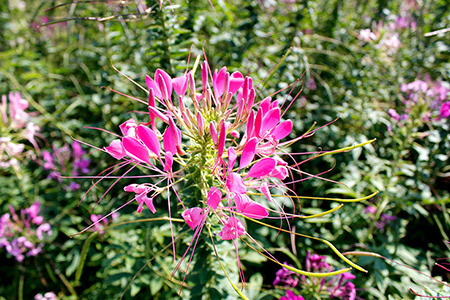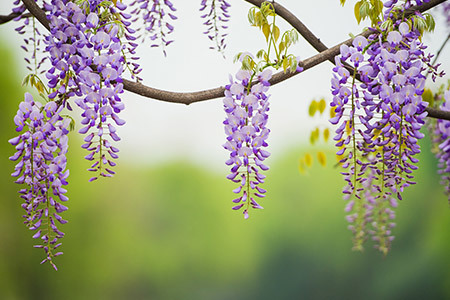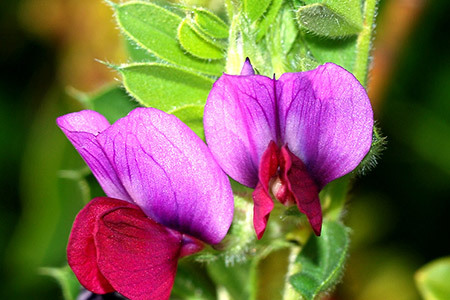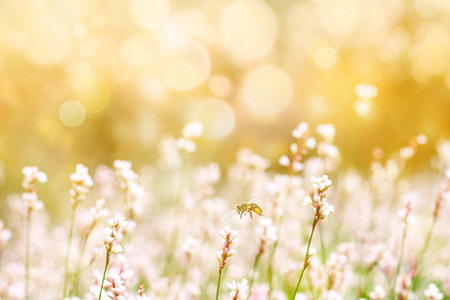Tetraploid annual ryegrass (multifloral ryegrass)
Tetraploid ryegrass is a new generation of wide-leaved tetraploid annual grass from the Poaceae family. It has broad, tender, and juicy leaves with a high sugar content. Tetraploid ryegrass has consistently ranked among the top in various trials across the United States and is one of the best ryegrass varieties for winter and spring. It thrives in cool, moist climates and is suitable for planting in areas of China, both north and south, where winter fallow farmland has good water and fertilizer conditions. It is sown in late autumn and harvested for use in winter and spring.
Classification:
Forage and green manure seeds
Telephone:
Product Description
Tetraploid ryegrass is a new generation of broad-leaved tetraploid annual grass, with wide, tender, and juicy leaves, and high sugar content. Tetraploid ryegrass has ranked among the best in various trials across the United States and is one of the best ryegrass varieties for winter and spring. It prefers a warm, cool, and humid climate. It is suitable for planting in areas with good water and fertilizer conditions in both northern and southern China, utilizing winter fallow farmland. It is sown in late autumn and harvested in winter and spring.
Tetraploid ryegrass can be harvested 4-5 times during the entire winter period (April to May). Tetraploid ryegrass is rich in protein, minerals, and vitamins, with crude protein content in hay reaching over 20%. Various livestock and fish enjoy eating it. Ordinary tetraploid ryegrass and its root system are rich in nitrogen, phosphorus, potassium, and other nutrient elements. After one year of planting, it can increase soil organic matter, improve soil fertility, and promote the growth of subsequent crops. Ordinary tetraploid ryegrass establishes quickly, grows vigorously, and its root system helps improve soil structure. Tetraploid ryegrass has strong resistance to stress and outstanding resistance to rust, leaf spot, powdery mildew, and damping-off disease.
In the north, sowing is done from late August to November, with a seeding rate of 1-1.5 kilograms per mu. The advantage of this sowing method is that it allows for early sowing, extends the growth period, and saves labor. Tetraploid ryegrass can also be sown after rice harvesting, plowed and crushed, and then ridged with a width of about 1.5-2.0 meters. After leveling the land, it can be broadcasted at a seeding rate of 1 kilogram per mu or sown in rows with a spacing of 20-30 centimeters. After sowing, use a nail rake to press down and irrigate to maintain moisture. The advantage of this sowing method is that the seedbed is loose, drainage is convenient, and the yield of fresh grass is relatively high.
Tetraploid ryegrass likes moisture but is afraid of waterlogging, so it is essential to drain water in a timely manner. Ryegrass is sensitive to nitrogen fertilizer; applying fertilizer in conjunction with irrigation can significantly increase the yield and quality of ryegrass. To prevent the grass heads from rotting, it is recommended to apply fertilizer 3-5 days after mowing.
Tetraploid ryegrass can be mowed multiple times, and each time the stubble should be left at a height of 5-6 centimeters to facilitate regrowth. Fresh grass can be directly fed to livestock (including cattle, sheep, pigs, ducks, chickens, geese, and ostriches) and fish. It can also be ensiled or made into hay.
Perennial ryegrass
It prefers warm and humid climates, growing fastest at daytime and nighttime temperatures of 27 °C and 12 °C, respectively, and grows faster in autumn and spring compared to other grasses. It grows well in moist, well-drained fertile soil with irrigation conditions, but is not tolerant of severe cold or heat. In low-altitude areas of the Yangtze River basin, sowing in autumn leads to death in the following summer. However, in higher altitude areas with cooler summers, it can grow for 6-7 years with proper management. Perennial ryegrass is tender, juicy, and palatable, and is favored by various livestock. It is suitable for green feeding, making hay, or ensiling, and can also be grazed. It is also a major forage for herbivorous fish in autumn and spring. Feeding 20-22 kilograms of high-quality perennial ryegrass can result in a weight gain of 1 kilogram.
Key words:
Immediate consultation
If you are interested in our products, please leave your email, we will contact you as soon as possible, thank you!
Product recommend
RELATED INFORMATION
02
/
12
News dynamics
01
/
30
News dynamics
07
/
17
News dynamics
04
/
18
News dynamics
01
/
19
News dynamics
Urban greening is an important component of urban construction.







